Abstract
Nuclear energy is required to provide a reliable, sustainable, and environmentally friendly energy source. Its use, however, receives limited public support, mainly because of the nuclear disasters that have occurred in the past. People perceive it as more dangerous than it really is and does not consider its multiple benefits. In addition to their concerns about the consequences of a nuclear explosion, there are many other factors that affect their acceptance or non-acceptance of nuclear energy. In this research, pre-service teachers’ perceptions of Department of Primary Education at University of Ioannina regarding factors such as the proximity of nuclear power plants, social trust, safety perception, perceived benefits, environmental awareness, and perceived nuclear knowledge are being examined. The sample consisted of 500 persons, and a questionnaire was distributed for data collection, which included demographic questions and 29 questions related to acceptance of nuclear energy. Understanding the public perceptions and identifying the determinants of their acceptance is vital to establishing nuclear energy.
License
This is an open access article distributed under the Creative Commons Attribution License which permits unrestricted use, distribution, and reproduction in any medium, provided the original work is properly cited.
Article Type: Research Article
AQUADEMIA, Volume 7, Issue 1, 2023, Article No: ep23004
https://doi.org/10.30935/aquademia/13205
Publication date: 14 Apr 2023
Article Views: 1812
Article Downloads: 919
Open Access References How to cite this article
 Full Text (PDF)
Full Text (PDF)